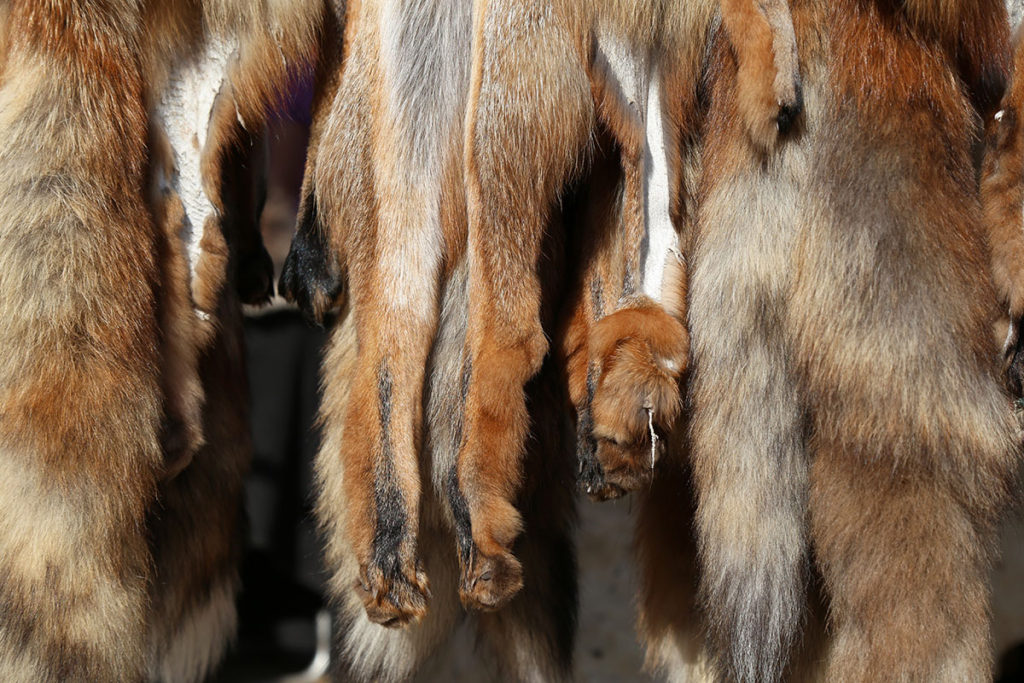September 17, 2020
The End of Fur?

I listen to CBC almost exclusively when I drive. In the morass of bad news, from time to time, there is something that gives me hope. Just a few days ago, there was a segment on the last fur auction in Canada. Apparently, there used to be several very large auctions in Canada, but these have dwindled to just one — and this one isn’t doing very well. The North Bay-based Fur Harvesters Auction is the only place left where trappers can sell wild-caught fur in North America, and one of just a handful worldwide. Only 30 per cent of the fur offered at its March auction was sold. The pandemic was certainly a factor, but even industry insiders admitted that younger people mostly won’t touch fur and many major designers and department stores won’t sell it.
The time of fur may be finally ending. I am celebrating. In a world rife with all sorts of cruelty to animals, the fur industry is uniquely odious.
Fur may come from either trapped wildlife or “farmed” animals. It’s hard to tell which is worse.
Over 730,000 wild animals are trapped in Canada annually. The methods are horrific. Wire noose snares can crush organs or slowly strangle an animal to death. Body gripping traps can trap animals underwater until they slowly drown. Animals caught in leg hold traps try to chew or twist off their trapped limb in a desperate attempt to free themselves. If a trapper does not immediately kill the animal — sometimes by bludgeoning, choking or stomping — the animal can die from dehydration, blood loss or hypothermia. Traps are indiscriminate, which means nearly any animal whose feet touch the ground can trigger them — whether it’s an endangered species like the Mexican wolf or a family dog.
Wildlife accounts for only a fraction of the industry. Many more animals suffer in fur “farms” where animals are often killed by anal and vaginal electrocution, gas, neck breaking and poison injections.
Farmed animals often show extreme abnormal behaviours as a result of great distress caused by the extremely small cages they are housed in. Farmed foxes and mink have been observed with extreme fear responses, including fur biting and tail biting — to the point of removing the tail altogether. Some foxes have even been noted to kill their offspring.
Let’s not forget China where there’s a thriving cat- and dog-fur industry. Cats and dogs are bludgeoned, hanged and sometimes even skinned alive for their fur. Their fur is often mislabeled and exported from China to unsuspecting consumers around the world.
Perhaps people are finally fully recognizing the loathsome cruelty inherent in the fur industry and are appreciating the beauty of fur — when it is on an animal.
Bruce Roney
President & CEO
